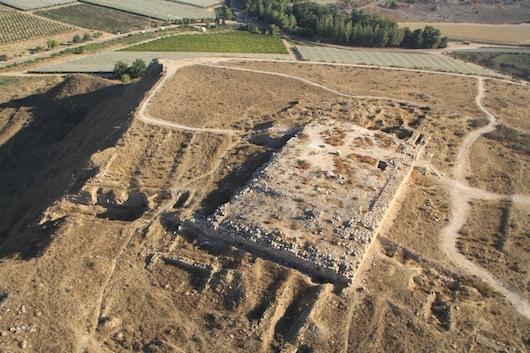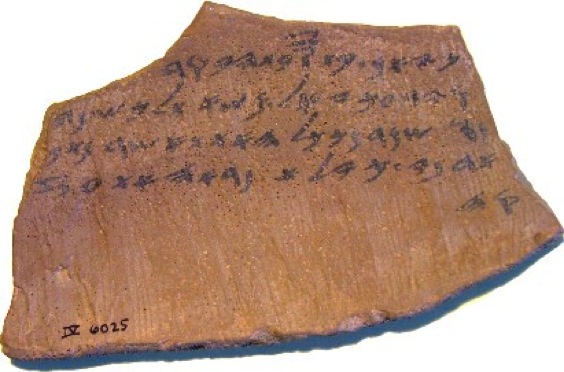
PROJECT OVERVIEW

Tel Lachish (Tell ed-Duweir) is a large mound whose surface and slope covers an
area of approximately 31 acres (12.5 ha). It is situated in the Shephelah, a geographical
zone of low hills extending from the coastal plan to the west and up to the hills
of Judah to the east. The city guards one of the western routes to the central hills
and the capitol of Jerusalem. The site was first identified by the American archaeologist
W. F. Albright in 1929 as the site of ancient Lachish that played a major role as
the second most important city after Jerusalem in the Kingdom of Judah during biblical
times. Today the site is part of the National Park Authority and rises strategically
above an east-west–running valley surrounded by beautiful vineyards on all sides.

Tel Lachish was occupied extensively from Early Bronze III and the Middle Bronze
Ages. In the Late Bronze age two temples were excavated, one in the western base of
the site by the first British expedition known as the “Fosse Temple,” and the other
by the third Tel Aviv expedition north of the palace-fort. The site continued to be
occupied during the Iron Age until its destruction by the Babylonian king Nebuchadnezzar
in 586 BCE. A Persian-Hellenistic period occupation extended over the site and included
the Solar Shrine and other buildings.

The site is mentioned for the first time in an Egyptian papyrus from the reign of
Amenhotep II of the Eighteenth Dynasty. Several Amarna letters were sent in the fourteenth
century by the kings of Lachish to Amenhotep III and Amenhotep IV. Lachish occurs
24 times in the Bible and is first mentioned in the time of Joshua during the conquest
(Joshua 10:3-35; 12:11; 15:39). The fortification of the site took place under Rehoboam
at the end of the 10th century BCE (2 Chronicles 11:9); it was then conquered by Sennacherib
in 701 BCE during the time of Hezekiah (2 Kings 18:14, 17; 19:8; 2 Chronicles 32:9;
Isaiah 36:2; 37:8) and destroyed by the Babylonian forces in 586 BCE (Jeremiah 34:7).
It is last mentioned as a Jewish settlement after the exile around 460 BCE (Nehemiah
11:30).